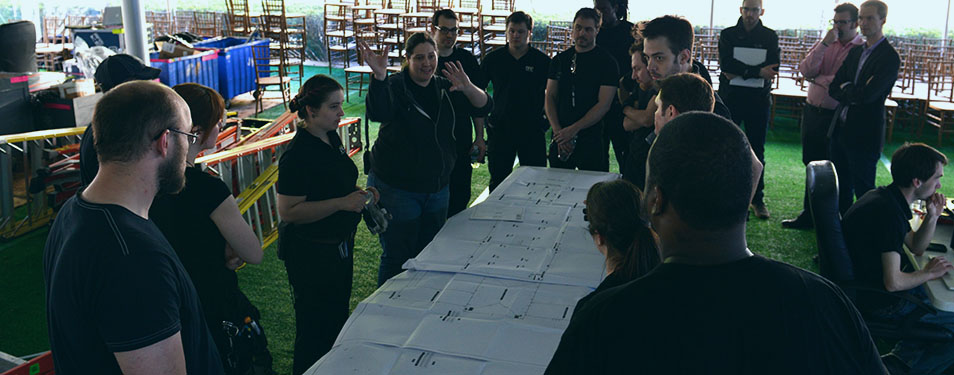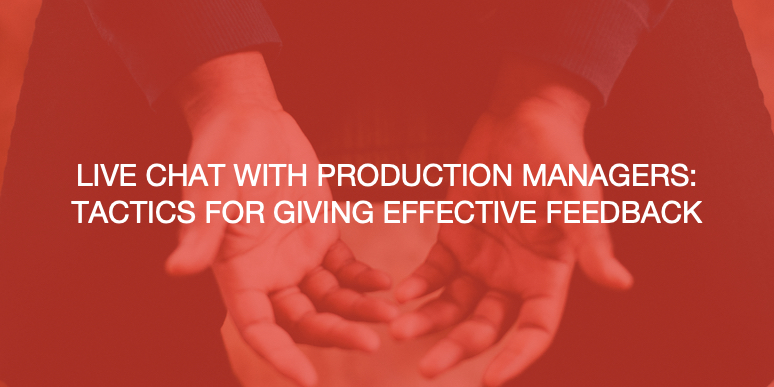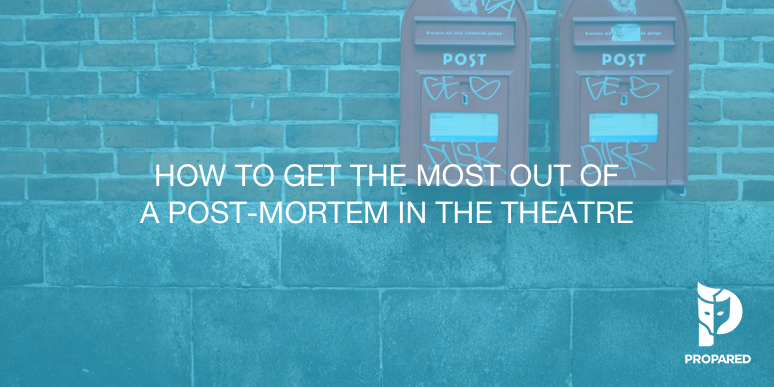
When planning in event production, we lay out a set of tasks that bring about our goals as successfully as possible. It’s that very reason that makes contingency planning for events so difficult: it flies in the face of everything we’re attempting to achieve. When we’re constantly thinking about how to do it best, it’s hard to shift gears and plan for the worst. Furthermore, there are an infinite number of things that could go wrong. How can we possibly anticipate all of them? For which do you plan? Where do you draw the line?
The answer lies in risk assessment. That’s a fancy sounding phrase for, “Ask yourself which bad things are most likely to happen.” Once you’ve done this, you’ll likely be able to narrow the list significantly. For example, when working with clients on an event, do you plan for the possibility of needing additional lighting or do you reinforce the structural integrity of the entire venue in case a Jumbo Jet crashes into it? I’d be willing to bet there are events that answer that question differently.
Once we recognize the most likely issues at our particular event, we can then begin preparing for them. There is one thing that is above all else, important to remember.
prepare everyone, not just yourself.
Events are large and handling emergencies will required the combined efforts of a lot of people. There’s no time to pull a plan together once the emergency has happened. Here are some standard levels of severity and how to plan for accidents at any event.
1. Additions & Changes
These are relatively common occurrences. Take the lighting example from above. We can begin to address this by having additional equipment on site and being ready to add staff at short notice. Production managers should never set foot on site without taking a hard look at the event and trying to anticipate where changes are most likely to occur. Do this with your department heads and staff as well. Often, they’ll see things that you won’t. As an added benefit, you’ll look poised and professional in front of your client, seeming to anticipate his/her needs.
2. Evacuations
Evacuations can happen at any time and encompass a variety of situations including fires and weather incidents. When visiting a site, create maps with evacuation routes. Assign staff to specific duties for getting people safely to the exits. Write scripts for a few possible announcements so you don’t have to come up with the words in the middle of a panic. Rehearse the announcement out-loud. Hearing yourself say the words will make it that much easier to say in the moment.
3. Injuries
Unfortunately, injuries happen, and we need to be prepared for them to ensure our team, client, and event attendees are taken care of as quickly as possible. Know where the nearest hospital is. Know where the 1st aid kit is. Are you CPR trained? If not, get certified now. It’s easy and may save lives. Designate a staff member to call 911 in case of an injury. Designate staff to guide emergency personnel into the venue. Do all of this ahead of time.
Contingency planning is a vital and often overlooked part of the production process. Once you assess the risks that could be associated with your event, create your plans and practice them. In the moment of an emergency, it becomes much more difficult to think. Emotions and adrenaline start getting in the way. Having rehearsed ahead of time can help calm your nerves and make it easier to do what you need to do because you’ll have that motion or speech already in your body. Write scripts. Say them out loud. Create muscle memory that you can fall back on when emergencies arise. Your colleagues and your clients will thank you.



